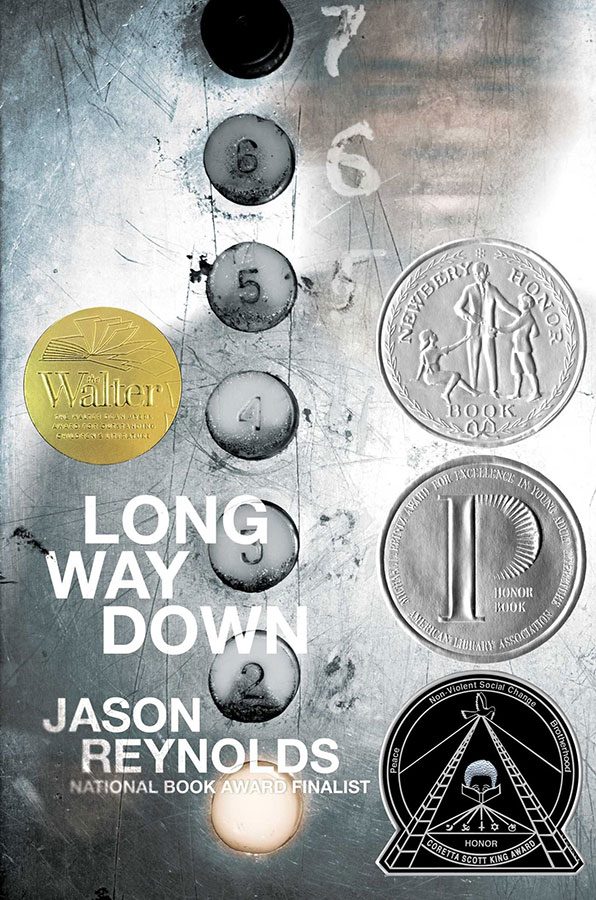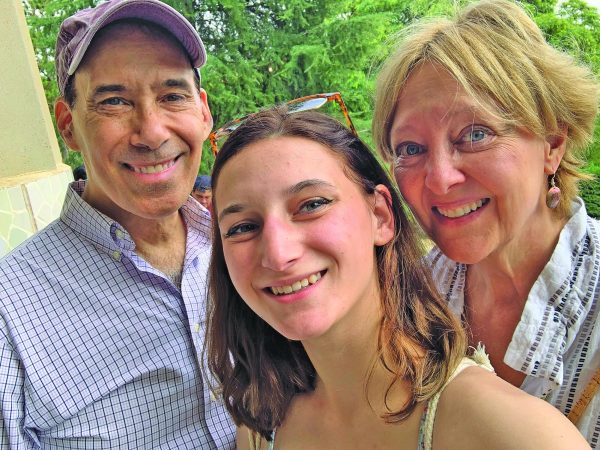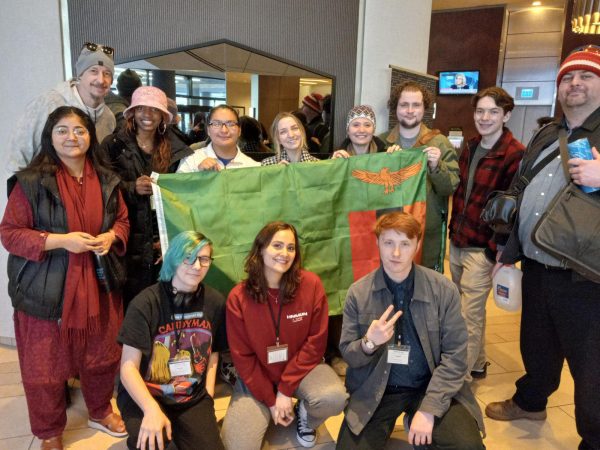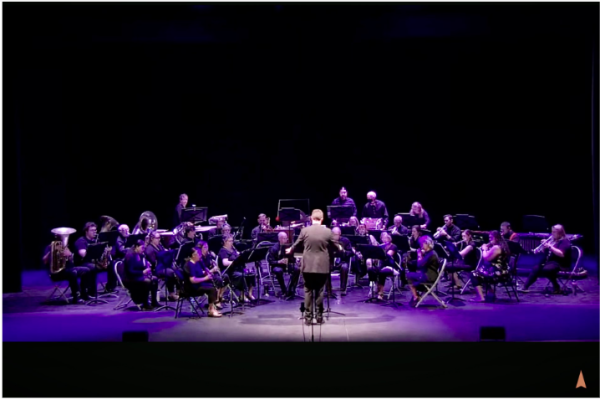2019-2020 Common Book chosen
The Office of First-Year Experience and the Common Reading Initiative Committee announced the 13th annual Common Book for the 2019-2020 year in an email to faculty and staff on Jan 10. “Long Way Down” by Jason Reynolds is a free-verse novel centered on 15-year-old William as he deals with the murder of his brother and the expectation for him to take revenge. It is one of the few books of poetry that have been a Common Book.
“A lot of us found it a very beautiful book,” said Emily Neilsen, Coordinator of First Year Events, on why the committee chose Reynold’s work. “We liked the idea of switching up. We often choose non-fiction. It’s exciting to choose something that’s fiction and a form of poetry. Another thing we look for is themes that we can really dig into and explore not just by talking about the book but also through related programming and extended conversations. This book takes on themes like gun violence, class, race, masculinity, some topics that feel really culturally pertinent right now.”
Jason Reynolds is a multi-award-winning author. He has spent multiple weeks on the Times Best Seller’s List and has won the Kirkus award for a previous novel. “Long Way Down” was an honor book for the Newbery Medal and won the Edgar Award for Best Young Adult Book in 2018. “Long Way Down” currently has a 4.37/5-star average on Goodreads, a social website dedicated to cataloging books and their reviews.
It was reviewed by Julia Walton for the Los Angeles Review of Books, who said “Long Way Down inspires empathy by forcing readers to experience the protagonist’s anguish. It reveals what Reynolds calls the “feeling of anger when you’re so upset and don’t know where to put the pain. Grief replaces rationality with uncontrolled rage and creates a tidal wave of emotion that demands to be felt. The excruciating sensations of loss and anger and responsibility overwhelms all other thoughts. You can’t escape it. You are trapped in your own destructive sadness, which is what makes the elevator setting of this story so appropriate. It is like grief itself: once you are in it, you are trapped until it releases you — until the doors clang open and you can think freely again.”
Reynolds is very active on both Instagram and Twitter (@jasonreynolds83 and @jreynoldsbooks respectively.)
The sentiment and appeal to empathy are echoed by Neilsen, who said that those are the things she hopes students get from the book.
“Although we have a wide diversity, many of our students are Vermonters who come from rural Vermont or New Englanders who come from rural New England, and this book is not a rural book,” said Neilsen. “It’s an urban book. I’m curious how students relate to that fact, that it takes place in an urban environment, and I’m also curious for our students who do come from larger cities, how they’ll relate to the characters in the book. But I think Jason Reynolds writes in a way that creates a connection with his characters so that no matter where you come from, there’s something that you can find some connection to. We often reduce people to very narrow ideas on who people are based on identity markers, but this book allows us to see him as a feeling, thinking and complex human with deep relationships with people in a very short amount of words.”








